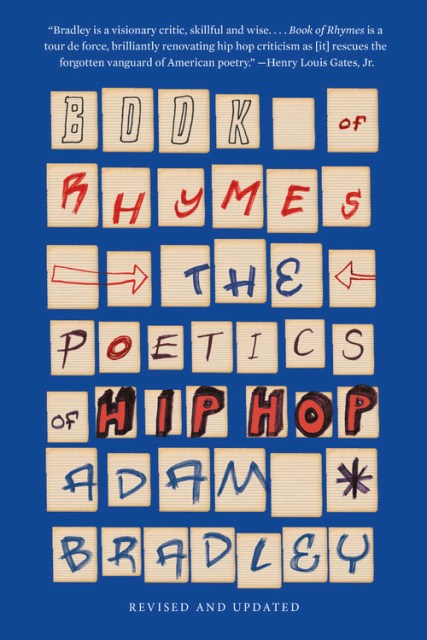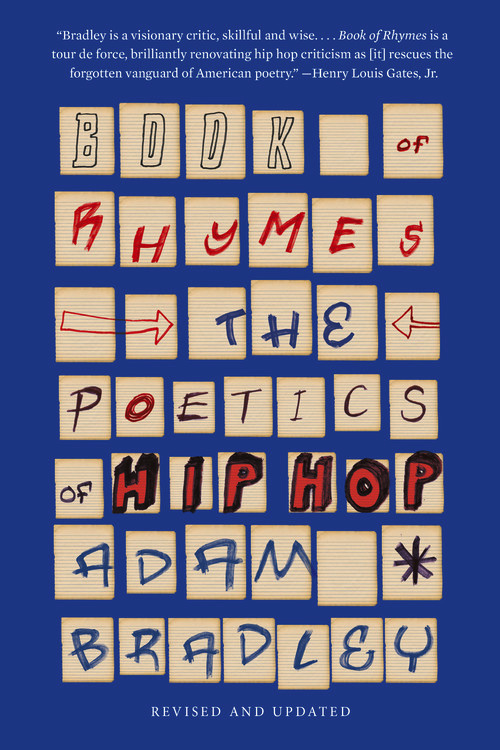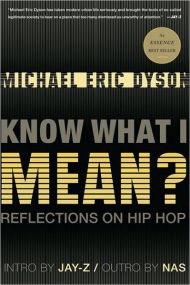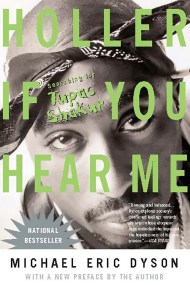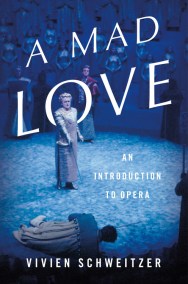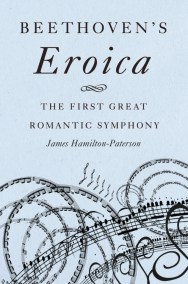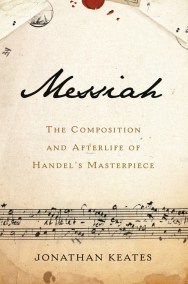By clicking “Accept,” you agree to the use of cookies and similar technologies on your device as set forth in our Cookie Policy and our Privacy Policy. Please note that certain cookies are essential for this website to function properly and do not require user consent to be deployed.
Book of Rhymes
The Poetics of Hip Hop
Contributors
By Adam Bradley
Formats and Prices
Price
$18.99Price
$23.99 CADFormat
Format:
- Trade Paperback (Revised) $18.99 $23.99 CAD
- ebook (Revised) $11.99 $14.99 CAD
- Trade Paperback $16.99 $21.50 CAD
This item is a preorder. Your payment method will be charged immediately, and the product is expected to ship on or around June 27, 2017. This date is subject to change due to shipping delays beyond our control.
Also available from:
Examining rap history’s most memorable lyricists and their inimitable techniques, literary scholar Adam Bradley argues that we must understand rap as poetry or miss the vanguard of poetry today. Book of Rhymes explores America’s least understood poets, unpacking their surprisingly complex craft, and according rap poetry the respect it deserves.
-
"Adam Bradley's Book of Rhymes is a marvelous exploration into the genius of rap and the cultural gravity of hip hop. His analysis is subtle, sophisticated, and soulful!"Cornel West
-
"I [am] fascinated by what I would call the emergent 'artcademic' perspective [Bradley] was describing. Here was someone who grew up with the music and had gone on to study it in a social context as well as 'getting down to it' on the level of language."Chuck D
-
'Bradley delivers the intellectual dynamite with this astonishingly researched, passionately argued glove-across-the-face challenge to traditional hip hop scholarship. Superb on every level, a revelation and a joy to read."Junot Diaz, Pulitzer Prize-winning author of The Brief Wonderous Life of Oscar Wao
-
So many books have been written about hip hop's history--that time and that magic--but if you don't get it from reading Book of Rhymes, then you're just not going to get it."Schoolly D
-
Where some hear noise, Adam Bradley hears the past and future of poetics. With taste, precision, and style, Book of Rhymes explains the art of rap in ways as bold, lyrical, and imaginative as the art form itself. Heads and theorists will find much to love and argue with in this fine work."Jeff Chang, We Gon' Be Alright: Notes on Race and Resegregation
-
"Adam Bradley's Book of Rhymes is the crash course for you."New York Times Sunday Book Review
-
"A manifesto.... For Bradley, a couplet by Tupac Shakur [is] a small marvel or 'rhyme (both end and internal), assonance, and alliteration,' given extra propulsion by Shakur's exaggerated stress patterns."New Yorker
-
"[Bradley] lays out a nuanced, academically rigorous argument that the best hip hop deserves attention as genuine artistry."Boston Globe
-
"[Adam Bradley's] insights are compelling."Los Angeles Times
- On Sale
- Jun 27, 2017
- Page Count
- 288 pages
- Publisher
- Civitas Books
- ISBN-13
- 9780465094400
Newsletter Signup
By clicking ‘Sign Up,’ I acknowledge that I have read and agree to Hachette Book Group’s Privacy Policy and Terms of Use
